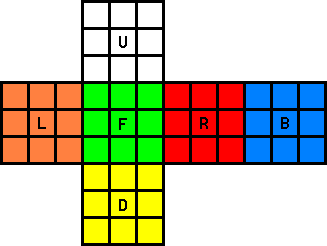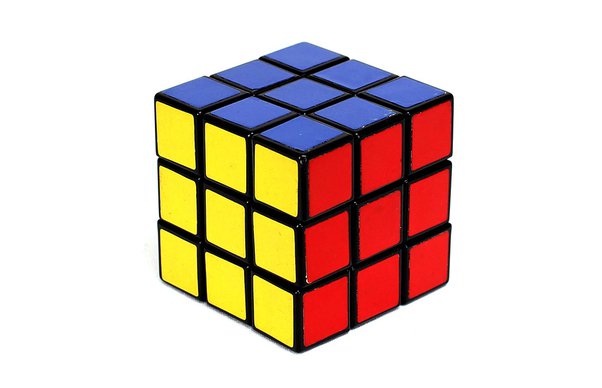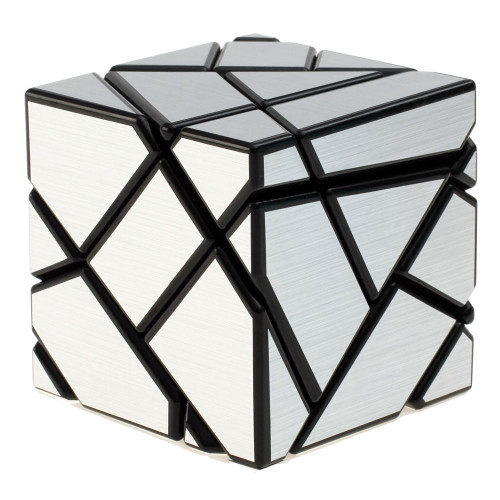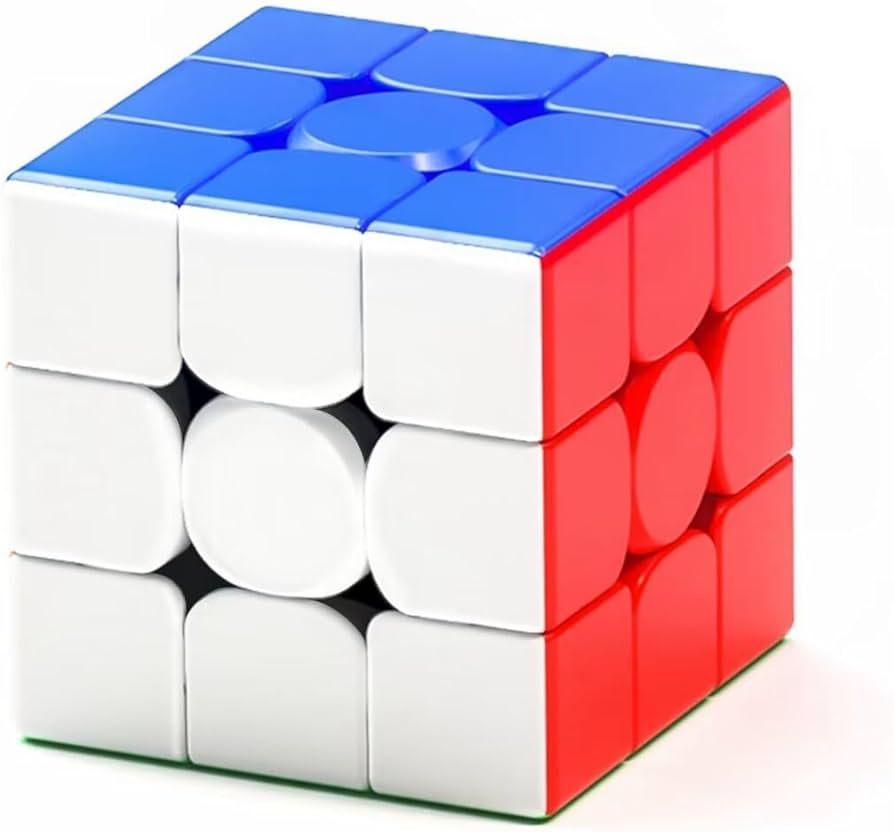The standard Rubik's Cube features a remarkable internal mechanism that allows each face to rotate while maintaining the cube's structure. At its core is an ingenious system of interlocking pieces:
- Core and Axes: The center of the cube contains a core with three axes that allow rotation in all directions.
- Center Pieces: Six fixed center pieces attach directly to the core and establish the color of each face.
- Edge Pieces: Twelve edge pieces contain two colored faces each.
- Corner Pieces: Eight corner pieces display three colors each.
Unlike simpler puzzles, the Rubik's Cube doesn't rely on detachable pieces. Instead, it uses a complex system of rounded extensions and internal tracks that allow pieces to slide past each other during rotation. This clever design enables the seemingly magical transformations while keeping all 26 visible pieces connected.



